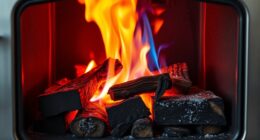Looking to discover ways to lower the consumption rate of your wood stove? Luckily, you’re in the perfect spot, because I possess all the tips and tactics you could ever require.
From adjusting the airflow to choosing the right wood, I’ll show you how to keep that fire burning at a snail’s pace.
We’ll even talk about stacking the wood properly and using dampers and baffles to control the burn.
Stick around for some expert advice on regular maintenance and cleaning too.
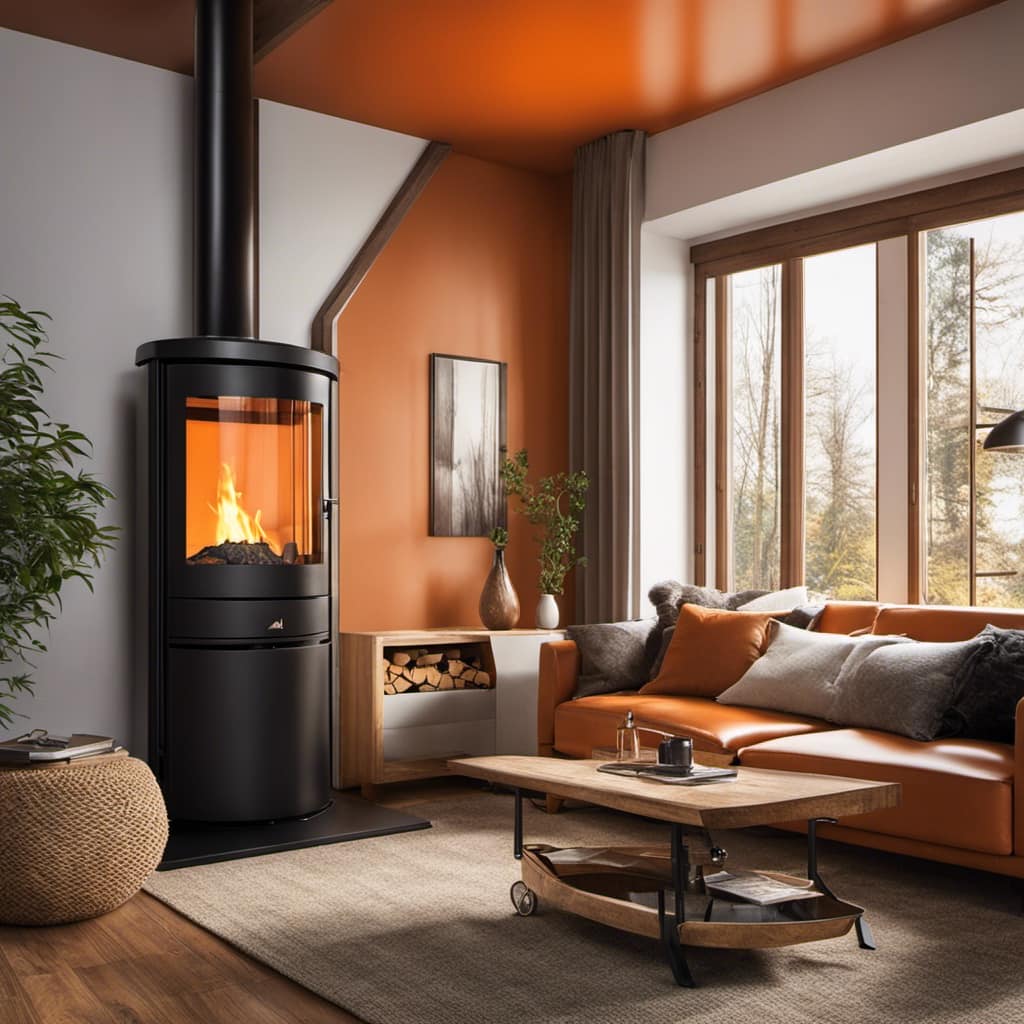
Let’s slow down that burn and make your wood stove last longer!
Key Takeaways
- Adjusting the damper regulates oxygen supply and slows down combustion.
- Closing the damper limits oxygen, reducing flame intensity and extending burn time.
- Stacking the wood properly with spaces between logs allows for proper airflow and a slow, controlled burn.
- Regular maintenance, including inspecting and replacing seals, cleaning the glass, and ensuring insulation and cleanliness, is crucial for optimal performance and longevity of the wood stove.
Adjusting the Airflow
I can control the airflow to make my wood stove burn slower. Adjusting the damper is key in regulating the amount of oxygen that reaches the fire. By closing the damper slightly, I can limit the oxygen supply and slow down the combustion process. This reduces the intensity of the flames and extends the burn time of the wood.
Another technique I use is using firebricks. These bricks are placed inside the stove to absorb and retain heat, which helps to maintain a consistent temperature and slow down the burn rate. By strategically positioning the firebricks, I can create a more efficient and controlled burn.
Now that we understand how to adjust the airflow, let’s move on to choosing the right wood to further optimize our wood stove’s performance.
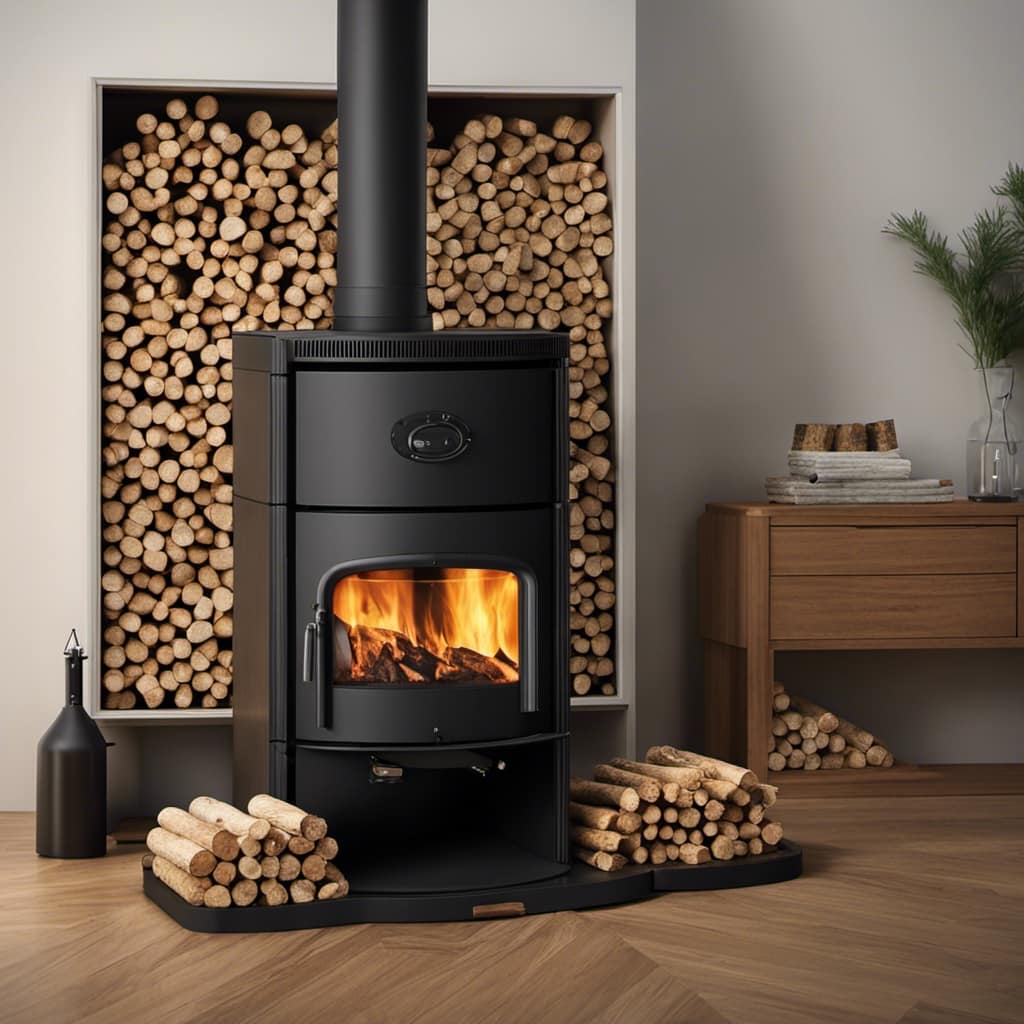
Choosing the Right Wood
The type of wood I use greatly affects the burn rate of my stove. When it comes to choosing firewood for my wood stove, I always make sure to select seasoned hardwood over softwood. Here are three reasons why:
-
Seasoning firewood: It’s crucial to use properly seasoned firewood in order to maximize burn efficiency. Seasoned wood has been dried for a minimum of six months, reducing its moisture content and increasing its energy density. This results in a slower and more controlled burn, providing longer-lasting heat and less frequent refueling.
-
Choosing hardwood over softwood: Hardwood, such as oak or maple, burns slower and produces more heat compared to softwood, like pine or fir. Hardwood is denser and contains more energy per unit volume, allowing for a longer and more consistent burn. Softwood, on the other hand, tends to burn faster and produce less heat.
-
Overall efficiency: By using properly seasoned hardwood, I can achieve a more efficient and effective burn in my wood stove. This not only saves me money on firewood but also reduces environmental impact by minimizing smoke and emissions.
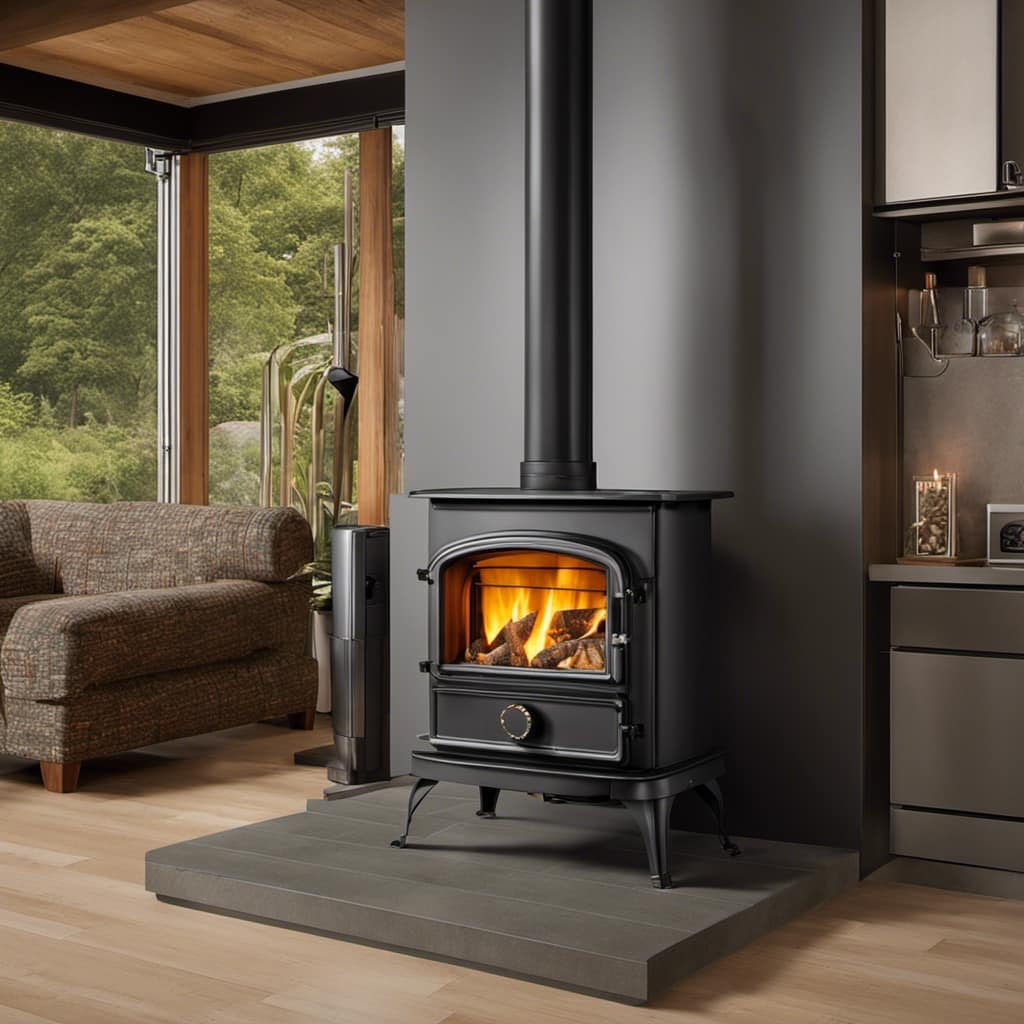
Stacking the Wood Properly
When stacking the wood properly, it is important to create a stable and well-ventilated structure. This ensures that the wood burns efficiently and produces optimal heat. To achieve this, I recommend using insulating materials such as firebricks or ceramic tiles as a base for the wood stack. This helps to protect the floor and also reflects heat back into the room. Additionally, it is crucial to control the draft by leaving spaces between the logs to allow for proper airflow. This can be done by using wooden or metal spacers. The table below provides a visual representation of how to stack the wood properly for a slow and controlled burn.
| Layer 1 | Layer 2 | Layer 3 |
|---|---|---|
| Logs | Logs | Logs |
| Spacers | Spacers | Spacers |
| Logs | Logs | Logs |
| Spacers | Spacers | Spacers |
| Logs | Logs | Logs |
Using Dampers and Baffles
Using dampers and baffles allows for greater control over the airflow in the wood stove, resulting in a more efficient and longer-lasting fire. Here are three ways using dampers and baffles can help in controlling temperature and maximizing fuel efficiency:
-
Airflow regulation: By adjusting the dampers, you can control the amount of air entering the stove. This helps in managing the burn rate and maintaining a consistent temperature.
-
Heat retention: Baffles are designed to redirect the flow of hot gases, allowing more heat to be absorbed by the stove’s body. This keeps the stove hotter for longer and reduces the need for frequent refueling.
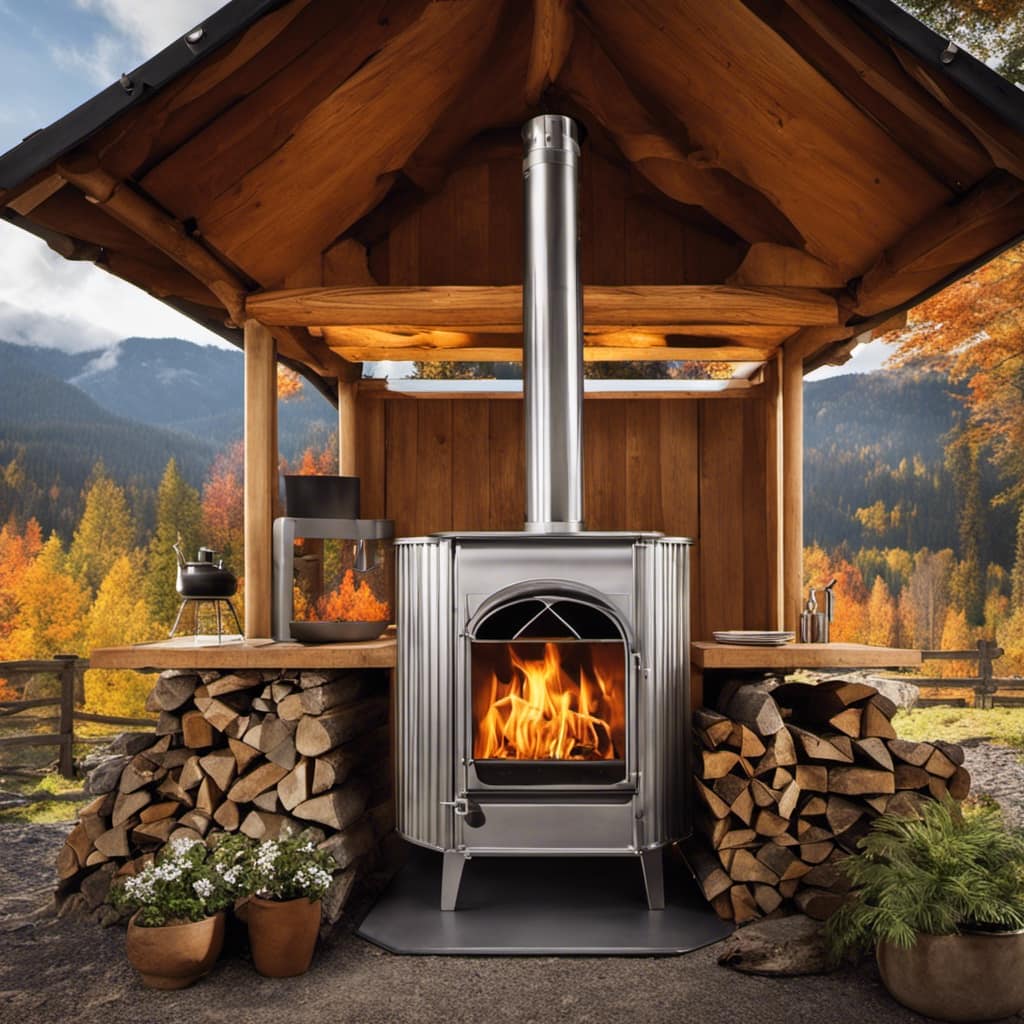
-
Secondary combustion: Some wood stoves are equipped with secondary burn tubes or plates. These baffles help to ignite any unburned gases, increasing the efficiency of the fire and reducing emissions.
Regular Maintenance and Cleaning
I find that regular maintenance and cleaning of my wood stove are essential for its optimal performance and longevity.
One important aspect of maintenance is insulating the stove. This involves inspecting the seals around the stove’s doors and replacing them if necessary. Proper insulation prevents air leakage, which can lead to inefficient burning and wasted heat.
Another important maintenance task is using a heat resistant glass door. This not only adds an aesthetic appeal to the stove but also allows me to monitor the fire without opening the door and losing heat. It’s crucial to clean the glass regularly using a recommended cleaner to remove any soot or residue.
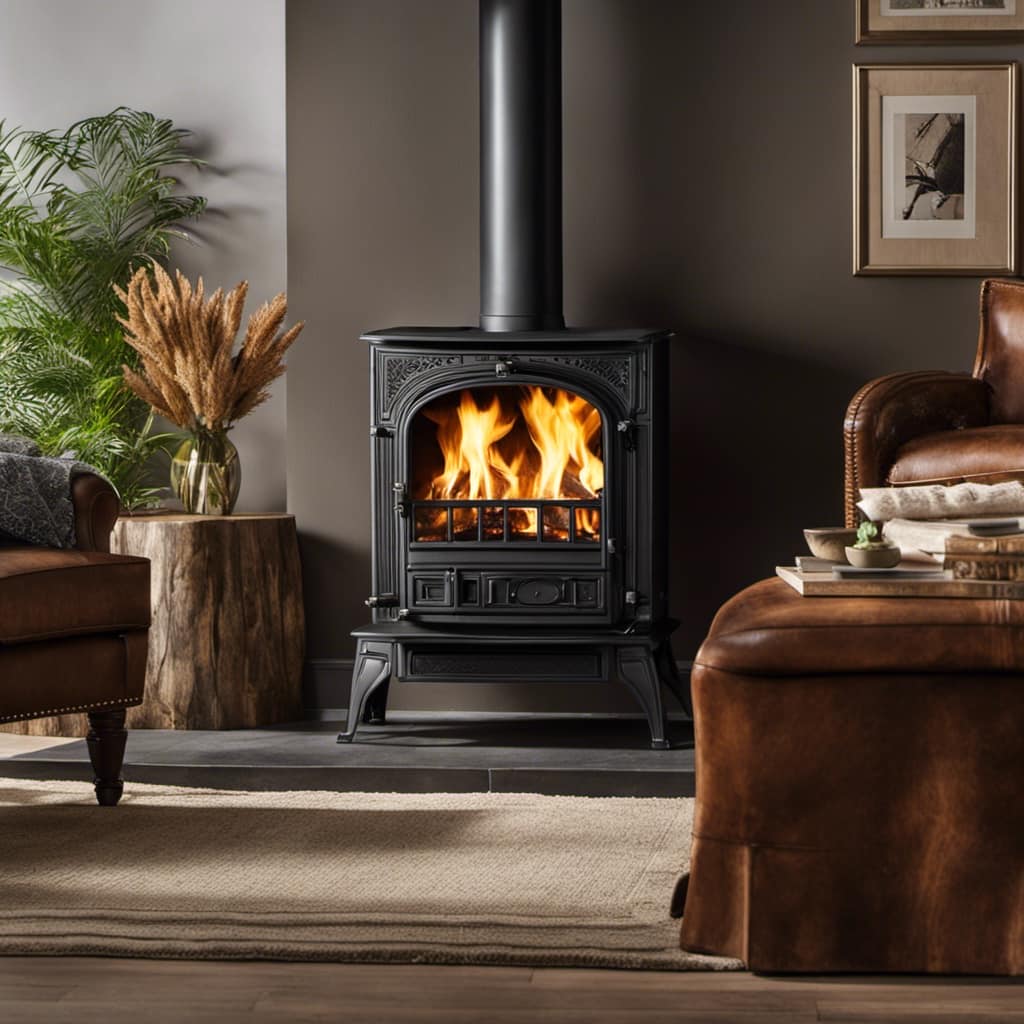
Frequently Asked Questions
Can I Use Any Type of Wood in My Wood Stove?
Yes, you can use different types of wood in your wood stove. However, it’s important to know which types are best for efficient burning. Following best practices for burning wood will help ensure optimal performance and longevity of your wood stove.
How Often Should I Clean the Chimney of My Wood Stove?
Cleaning the chimney of your wood stove regularly is crucial for safety and efficiency. Neglecting this task can lead to chimney fires and poor performance. So, how often should you clean it? Let’s find out.
Is It Safe to Leave the Wood Stove Unattended?
Yes, it is important to properly extinguish a wood stove fire before leaving it unattended. This ensures safety and prevents potential accidents. Always follow the manufacturer’s instructions on how to safely extinguish the fire.
Can I Use Newspaper as Kindling for My Wood Stove?
Using alternative kindling options, like newspaper, can be a convenient and cost-effective way to start your wood stove. However, to maximize efficiency and slow down the burn rate, it’s important to properly regulate airflow and use seasoned hardwood.
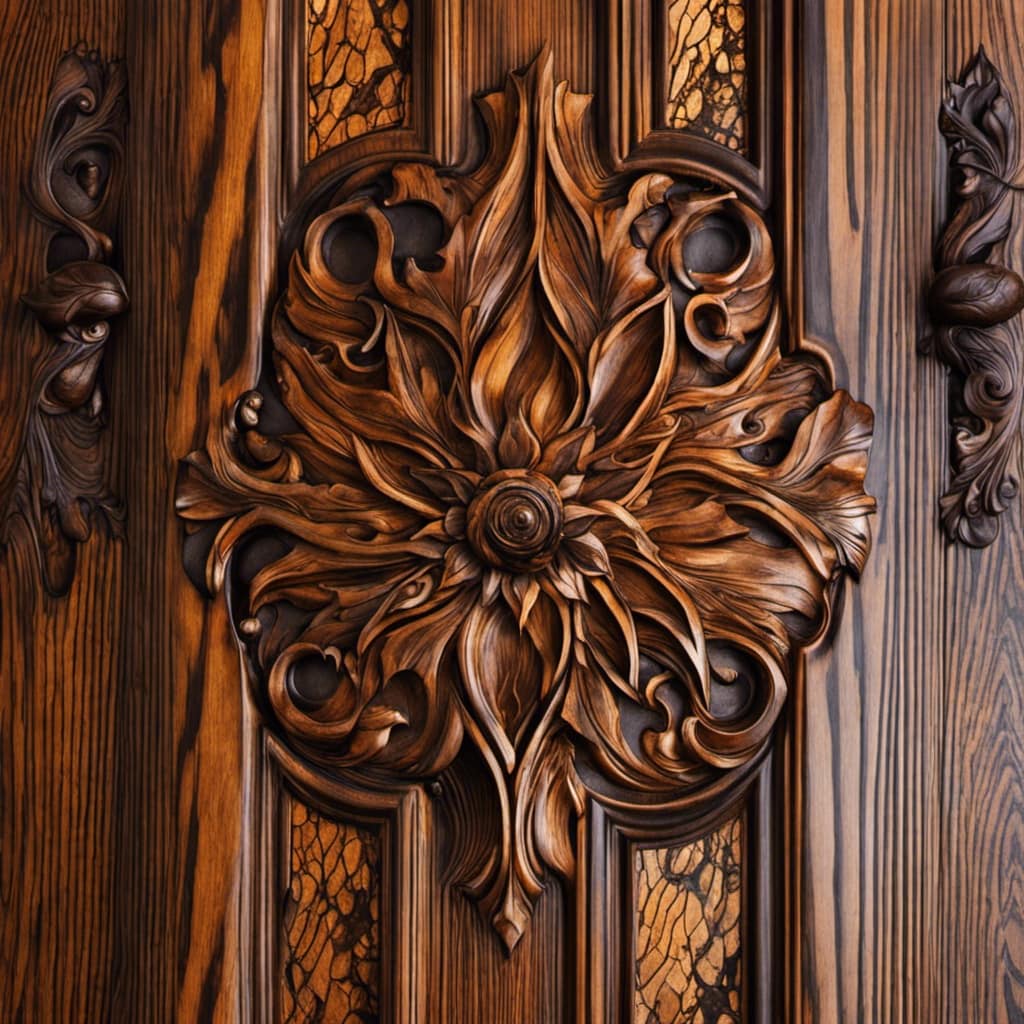
What Are Some Signs That My Wood Stove Needs Professional Maintenance?
Signs of wood stove maintenance needed include excessive smoke, difficulty starting a fire, and a lack of heat output. Professional maintenance is important to ensure proper functioning, prevent potential hazards, and extend the lifespan of your wood stove.
Conclusion
In conclusion, by adjusting the airflow, choosing the right wood, stacking it properly, and using dampers and baffles, you can make your wood stove burn slower. Regular maintenance and cleaning are also essential for optimal performance.
Did you know that a well-maintained wood stove can reduce carbon emissions by up to 60% compared to an open fireplace? Taking these steps not only helps save on fuel costs but also contributes to a cleaner and healthier environment.
Growing up surrounded by the vast beauty of nature, Sierra was always drawn to the call of the wild. While others sought the comfort of the familiar, she ventured out, embracing the unpredictable and finding stories in the heartbeat of nature.
At the epicenter of every remarkable venture lies a dynamic team—a fusion of diverse talents, visions, and passions. The essence of Best Small Wood Stoves is crafted and refined by such a trio: Sierra, Logan, and Terra. Their collective expertise has transformed the platform into a leading authority on small wood stoves, radiating warmth and knowledge in equal measure.









